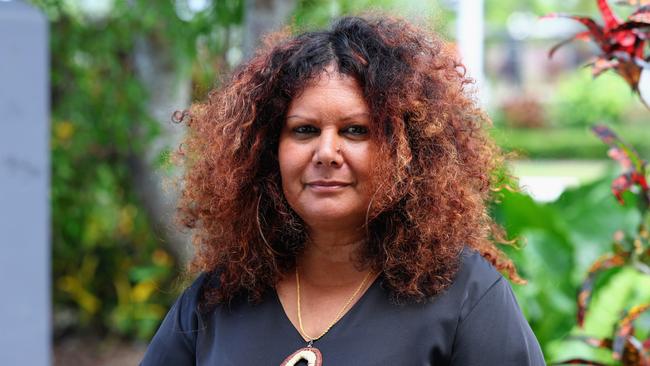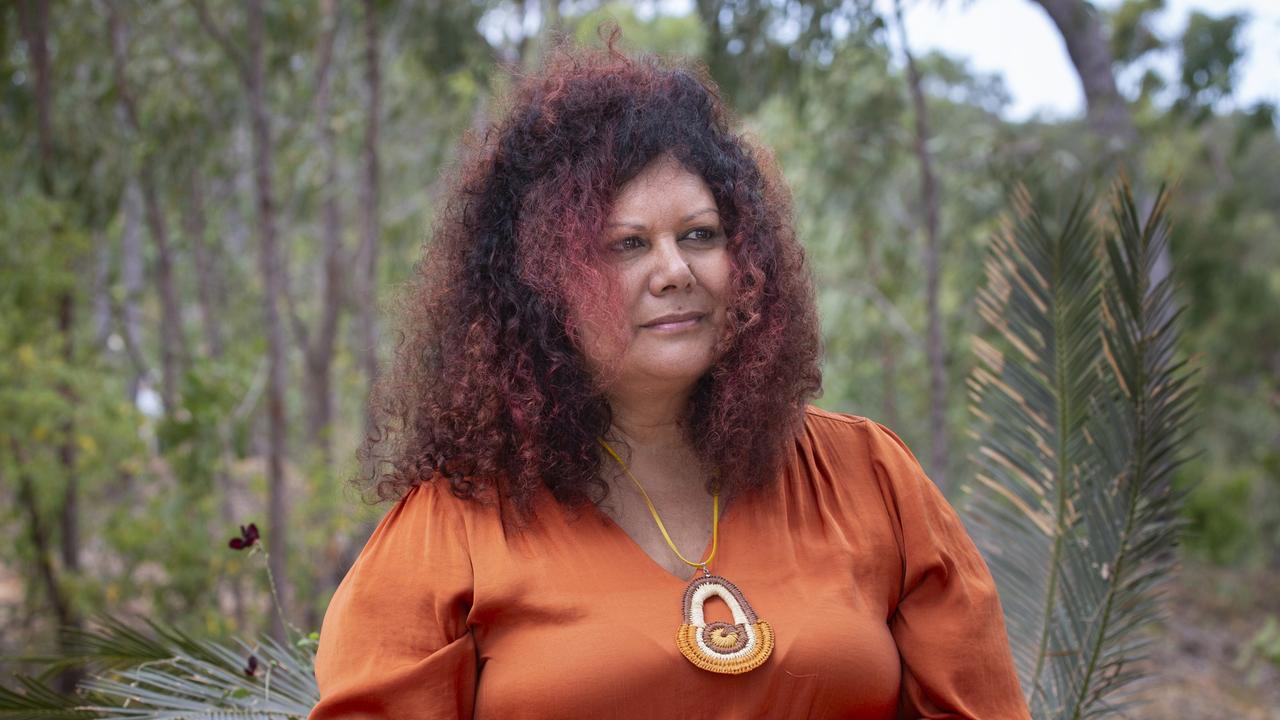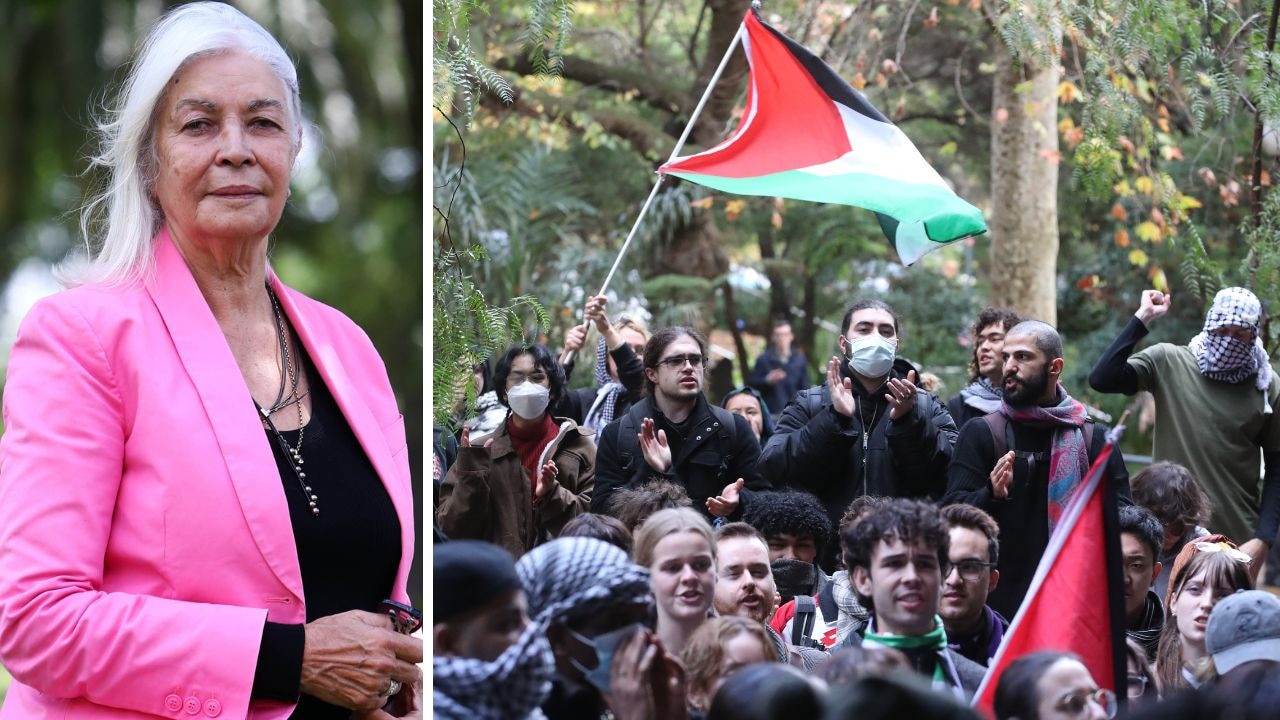Urgent plea to close the Indigenous political gap
As new Indigenous Australians Minister Malarndirri McCarthy prepares to chart a new course by seeking a bipartisan approach to Closing the Gap, the Productivity Commission has revealed a backslide in Aboriginal suicide and incarceration rates.

Labor will seek a new bipartisan approach to closing the gap between Aboriginal Australians and the rest of the country, as bureaucrats’ tightening grip on Indigenous policymaking is blamed for a calamitous backslide in suicide and incarceration rates.
In her first pledge since taking over the troubled Indigenous Australians portfolio from Linda Burney, new cabinet minister Malarndirri McCarthy said she would reach out to the Coalition and other crossbenchers to tackle increasingly entrenched Aboriginal disadvantage.
The Productivity Commission’s latest Closing the Gap report shows: the incarceration rate has risen among Aboriginal people of all ages including children; the Indigenous suicide rate has increased; and so has the rate at which Indigenous children are removed from their families since 2020.
“These figures are deeply troubling, but I am determined to work in partnership with First Nations Australians, the Coalition of Peaks and State and Territory governments to bring about positive change,” the Indigenous Australians Minister said on Wednesday.
“I will be reaching out to my colleagues across the parliament to seek a bipartisan approach to Indigenous affairs.”
Senator McCarthy’s comments came as Anthony Albanese and Indigenous leaders were set to descend on the annual Garma festival this weekend to revive the reconciliation project and the movement to improve Indigenous lives in the wake of the failed voice referendum.
The Prime Minister is expected to speak to the festival – founded by late land rights campaigner Yunupingu – on Saturday after months of struggling to chart a new course on Indigenous affairs in the wake of the nation voting down his proposal for constitutional recognition.
The Productivity Commission’s annual report on the decade-long Closing the Gap deal, released on Wednesday night, shows that the Indigenous gap on some socioeconomic measures is worse nationally than it was four years ago.
And as Labor faces losing control of the Northern Territory in next month’s election, campaigning for which officially begins on Thursday, the NT has recorded the worst results of any jurisdiction in the latest Closing the Gap stocktake.
Report co-author Natalie Siegel-Brown warned that bureaucrats were prioritising “the churning of documents” over working with Aboriginal people on the ground and were not building trust.
Out of the 15 Closing the Gap targets that the commission was able to assess in the past year, the gap was widening in the NT in eight. These included: Indigenous females now being expected to die even earlier than other female Australians; the proportion of Indigenous babies born a healthy weight going down; and the proportion of Indigenous children enrolled in preschool dropping.
Ms Siegel-Brown said: “In order for governments and their bureaucracies to change, they have to recognise the need for change.
“In our review (in February), we made clear that bureaucracies haven’t yet met that threshold – they haven’t grasped the scale of change they signed up to under the agreement – and that it entails a radical shift in thinking and values in the way governments operate.”
The results of the 2024 report will pile pressure on Senator McCarthy to tackle the bureaucratic handbrakes on Indigenous progress, after debates over the power of Indigenous bodies to question public servants hampered the development of the voice proposal.
Ms Siegel-Brown said bureaucrats needed to become more flexible if Closing the Gap targets were to be met.
“While our review didn’t venture into why governments aren’t changing per se, a driver could be the demand on bureaucracies to churn out documents and activities that don’t value relationship-investment and the time it requires to for bureaucrats to build trust with Aboriginal and Torres Strait Islander communities and organisations; or even the flexibility to change usual processes to share decision making,” she said.
“But trust can’t be built without evidence that bureaucrats are listening to communities – and not just engaging in tokenistic consultation. That means bureaucrats have to loosen their grip on processes that only allow outcomes to be designed one way.”
The agreement Scott Morrison struck with the states, the NT and a coalition of Indigenous organisations was supposed to herald a new direction in Aboriginal affairs. It required bureaucracies to listen to communities and work with them rather than impose “solutions” on them.
A scathing Productivity Commission report published in February found it had been mostly business as usual.
Five of the 19 Closing the Gap targets are on track to be met by 2031 when the latest incarnation of the agreement concludes.
New data published by the Productivity Commission shows more Indigenous babies than ever are born at a healthy birth weight, more preschool-aged Indigenous children than ever are now enrolled in preschool and more land and more sea than ever is under the management or control of traditional owners. A fifth target – employment – is also categorised as on track even though there has been no new data since 2021. It shows that 55.7 per cent of Indigenous adults aged 25 to 64 were employed that year.
There are gaps in the data and the latest report categorises some targets with a low level of confidence. For example the rate at which Indigenous youths are jailed is categorised as unchanged on average since 2018-19 but it has been rising. In the 2020-21 financial year when the Closing the Gap agreement was signed by the commonwealth and all states and territories, 23.6 per 1000 Indigenous youths were incarcerated. That rose to 29.8 per 1000 in 2022-23, a three-year high.
The new data shows the percentage of Indigenous children removed into out-of-home care by child-protection systems rose in 2023 to 57.2 per cent per 1000.
Closing the Gap aims to reduce the number of Indigenous children in care by 45 per cent by 2031. In cases where Indigenous parents are failing or their children are struggling, Indigenous organisations have been pushing for early interventions designed and carried out by Aboriginal people.
While some of these programs have helped keep children safe and at home, the Productivity Commission found in February that they were not the norm.





